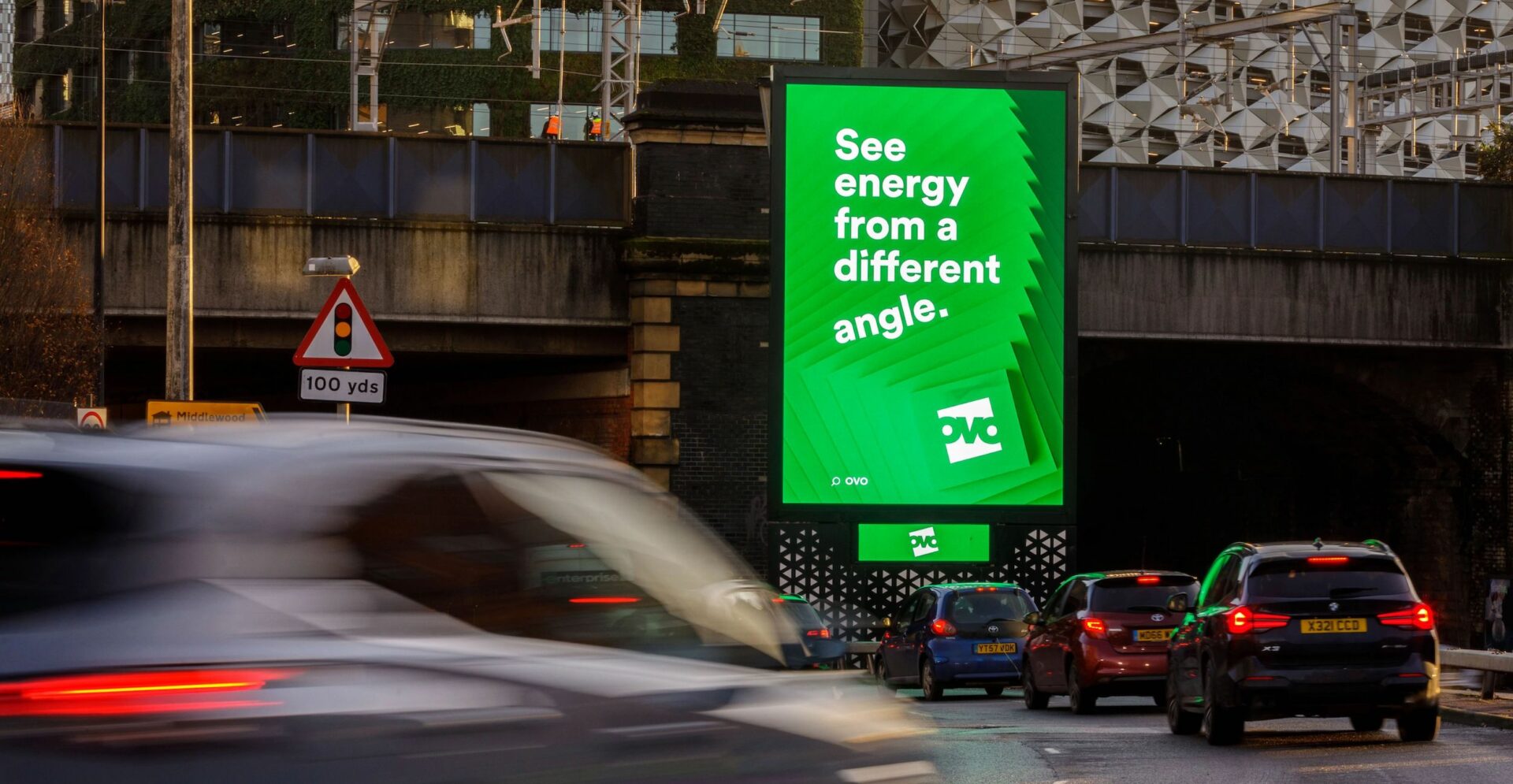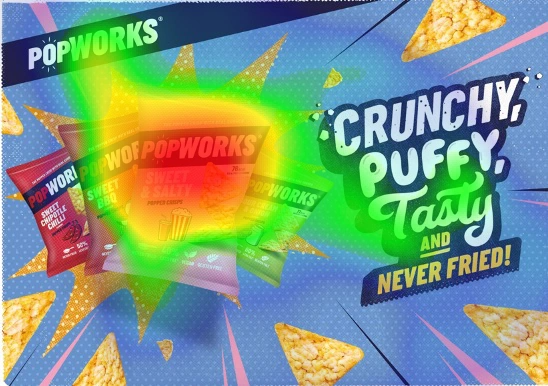Creating brain balancing creative
OOH Evolution: Balancing Creativity and Effectiveness
To quote the IPA ‘advertising has lost its humanity and its ability to entertain; it has turned sour’. The industry body recently published Orlando Wood’s new book ‘Lemon: A repair manual to reverse the crisis in creative effectiveness’. In a nutshell Wood suggests that in recent years advertisers have been ignoring the importance of right-brain thinking (charged with reasoning), focusing purely on the emotional processes of the left. This in turn has led to the decline in creative effectiveness. For advertising to be truly effective and influence long-term behaviour change, it needs to address both the rational and emotional sides of the brain. Ultimately a campaign cannot succeed long term purely relying on the ‘shock’ factor of an emotional response. It needs to be paired with some form of rational reasoning to crystallise into behaviour change.
Where other mediums may be suffering from a short-term and narrowly focused approach, leading to in Wood’s opinion ‘flat, abstract, dislocated and devitalised’ work, this isn’t entirely true for OOH. For most marketers it is their job to turn creative into pounds and pence, explaining some of the move to short-term campaigns and the use of formats that provide a myriad of metrics with which to measure them. However, a 2016 study for the IPA and WARC found that whilst the number of short-term campaigns had quadrupled to 30%, budget behind creativity (measured by additional share of voice) fell by around 12%. The knock-on effect was that brand fame declined for the first time. Campaigns that were longer term and fully-funded continued to be as effective as ever.
It’s true that OOH has had its own revolution to a quicker approach to campaigns through the development of digital formats and programmatic, but ultimately the medium remains one that generates brand fame, action and resonates with consumers. In a world where most other mediums can be actively avoided, OOH remains an unskippable format which is developing at pace.
The development of DOOH has led to an explosion of creative possibility across the entire OOH landscape. Not only does the format allow for creative to create an emotional connection but also provide reasoning, whether this be through contextual copy or customised copy pushing shoppers to a nearby store. The advancing capabilities of DOOH is only limited by the speed at which technologies can be implemented. For example, Grand Visual a creative services agency specialising in DOOH recently investigated the use of hyper-local data in DOOH. Rather than looking at weather gauges, they highlight that there is a wealth of data available from pollen counts to traffic jams, and have even used this type of data to stimulate consumer action with JetBlue.
These are not the only phenomenal examples of creative work being produced that not only harnesses the format but pushes the envelope technologically too. The recent Drum Out of Home Awards shortlist with 17 Talon nominations, showcases a fantastic range of campaigns from YouTube Music broadcasting the BRIT Awards across County Hall, creating an entirely new canvas, to Starbucks Teavana campaign which saw a special build on Westfield’s living wall whilst misting shoppers with the relevant fruit scents.
Creating award-winning work is never far from anyone’s mind, however designing a campaign that scoops up gold can be difficult to pinpoint and a very subjective exercise. What has helped so many OOH campaigns stand out is the ability to do what Orlando Wood felt many advertising campaigns lack, achieve hemispherical balance between the right and left brain, with a longer term brand building view.



